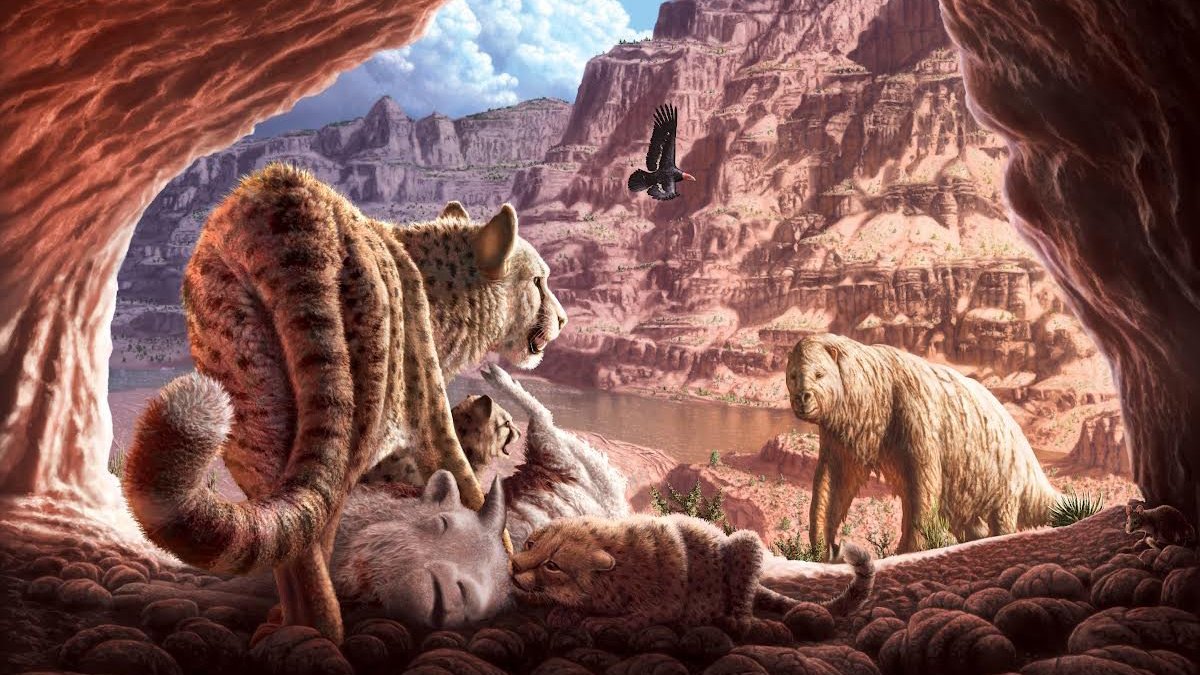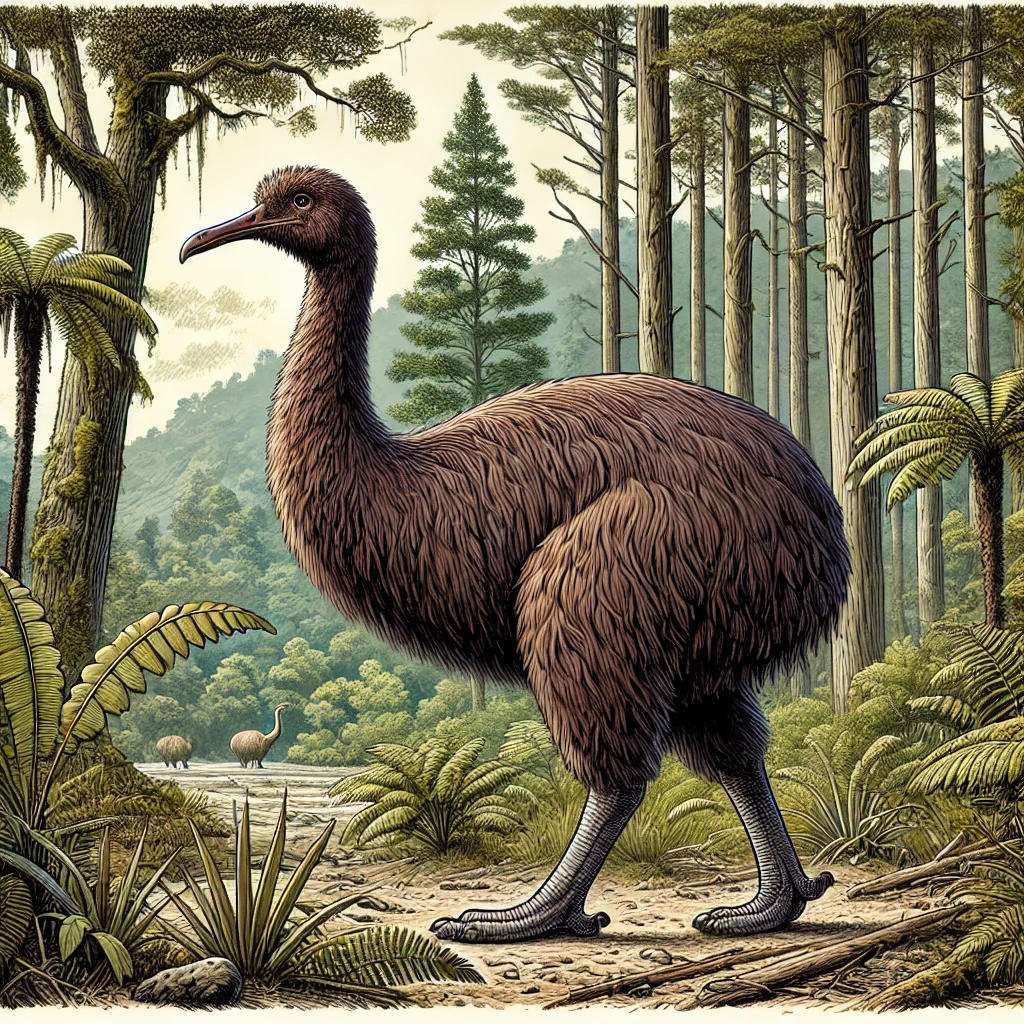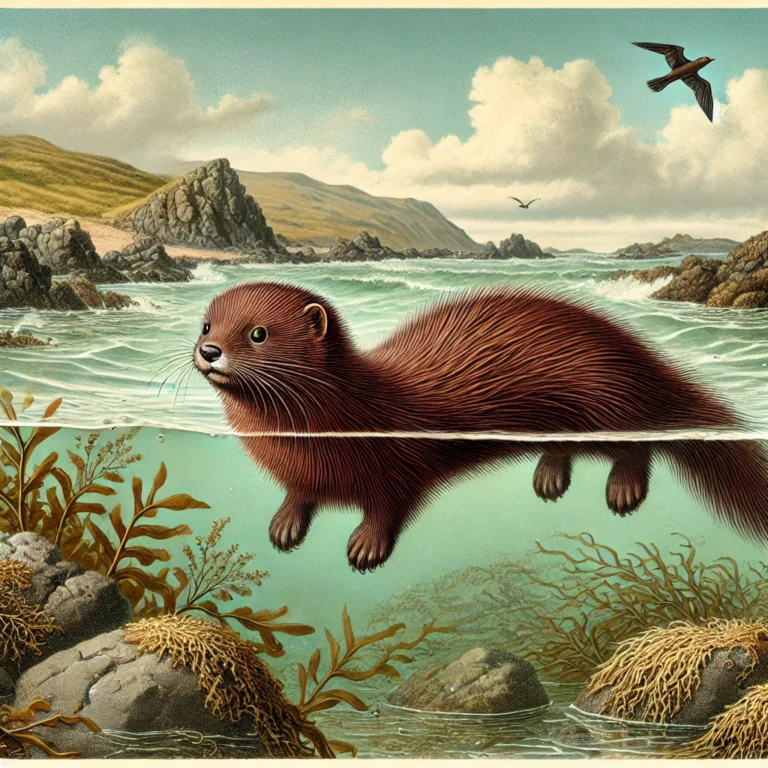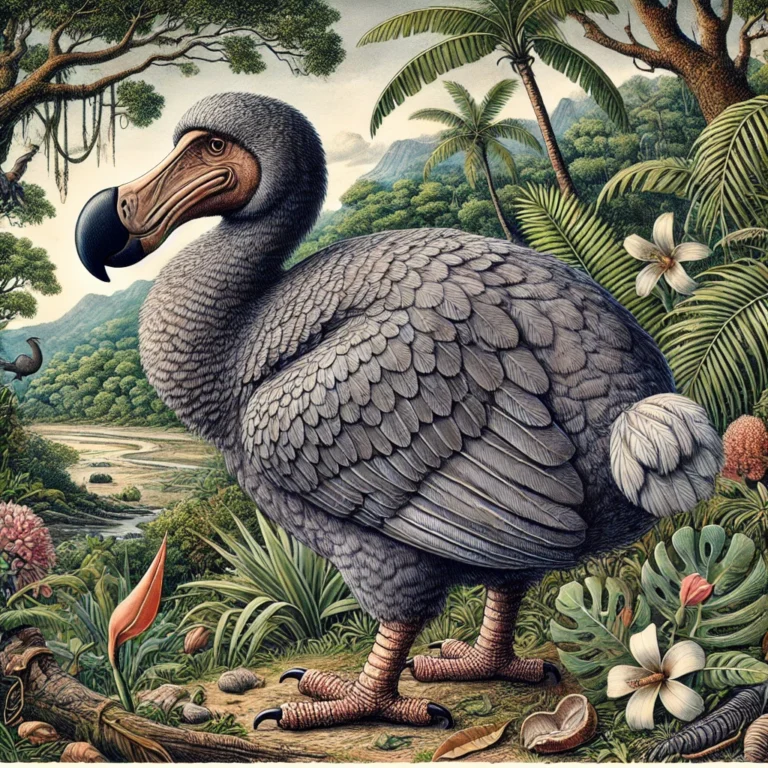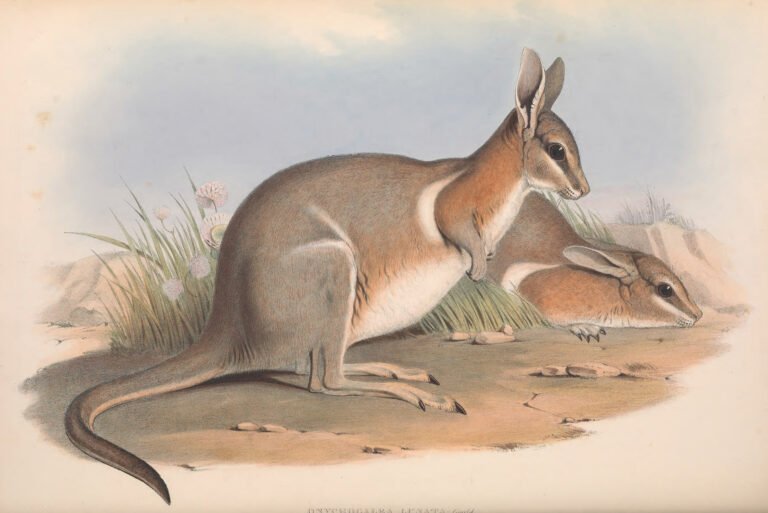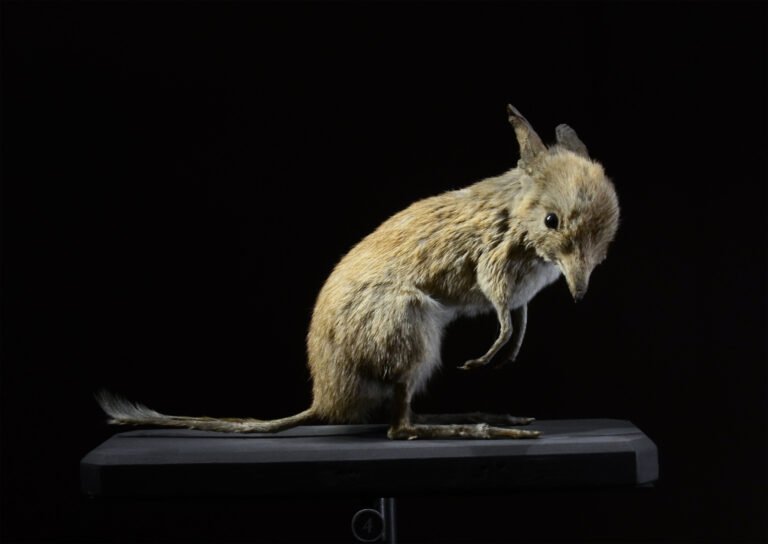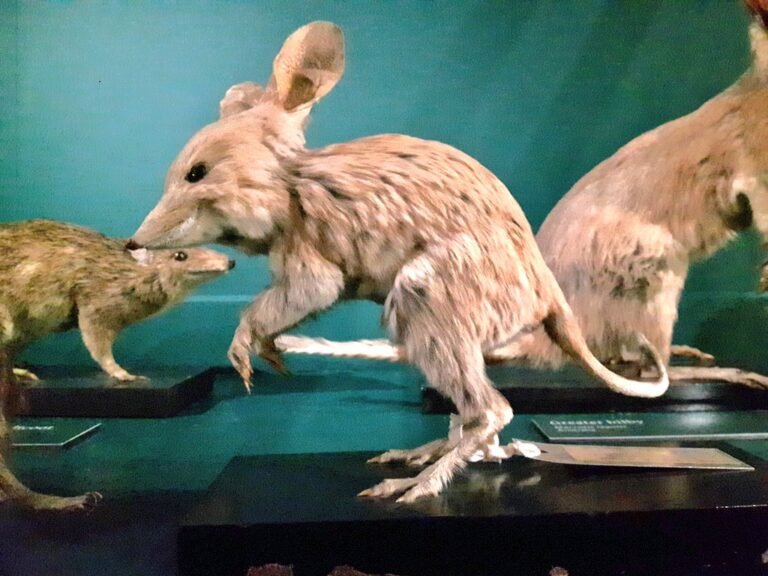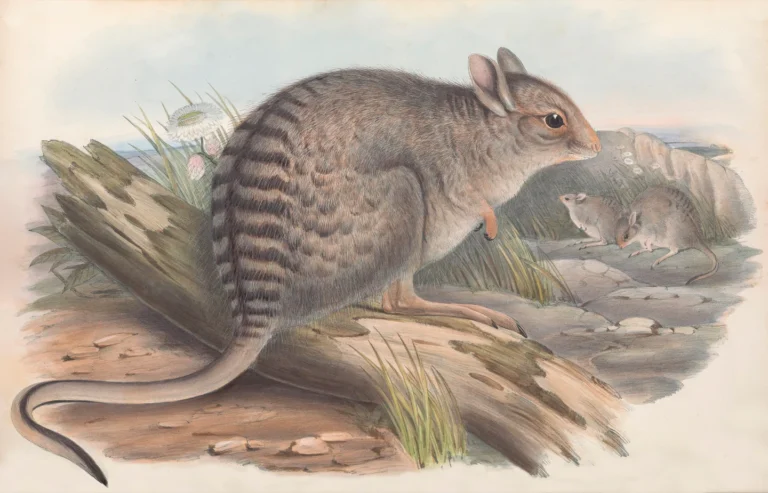Unveiling the American Cheetah: The Swift Hunter of the Pleistocene Plains
Introduction:
The American Cheetah, scientifically known as Miracinonyx, was an extinct genus of feline that roamed the plains of North America during the Pleistocene epoch. Despite its name, the American Cheetah was not a true cheetah but had remarkable similarities in terms of its adaptations for speed. This swift predator played a significant role in shaping the ecosystem by preying on herbivores such as pronghorns. The American Cheetah went extinct around 10,000 years ago, likely due to climate changes and the impact of human activities.
Facts:
| Attribute | Details |
|---|---|
| Scientific Name | Miracinonyx |
| Common Names | American Cheetah |
| Extinction Timeline | Approximately 10,000 years ago |
| Kingdom | Animalia |
| Phylum | Chordata |
| Class | Mammalia |
| Order | Carnivora |
| Family | Felidae |
| Genus | Miracinonyx |
| Species | M. trumani, M. inexpectatus |
| Natural History and Origin | Native to the plains and deserts of North America |
| Physical Information | Medium to large cat, built for speed |
| Appearance | Similar in build to the modern cheetah, but with adaptations for different prey |
| Scientist Names | Described by paleontologists in the 20th century |
| Region | North America, particularly the Great Plains and southwestern United States |
Appearance:
The American Cheetah was a medium to large-sized feline, similar in build to the modern cheetah but with some key differences. It had a slender, elongated body, long legs, and a deep chest, all adaptations for high-speed running. Unlike the true cheetah, the American Cheetah had retractable claws and a more robust build, suggesting it was capable of taking down larger prey. Its fur likely had spots or stripes, although the exact pattern is unknown.
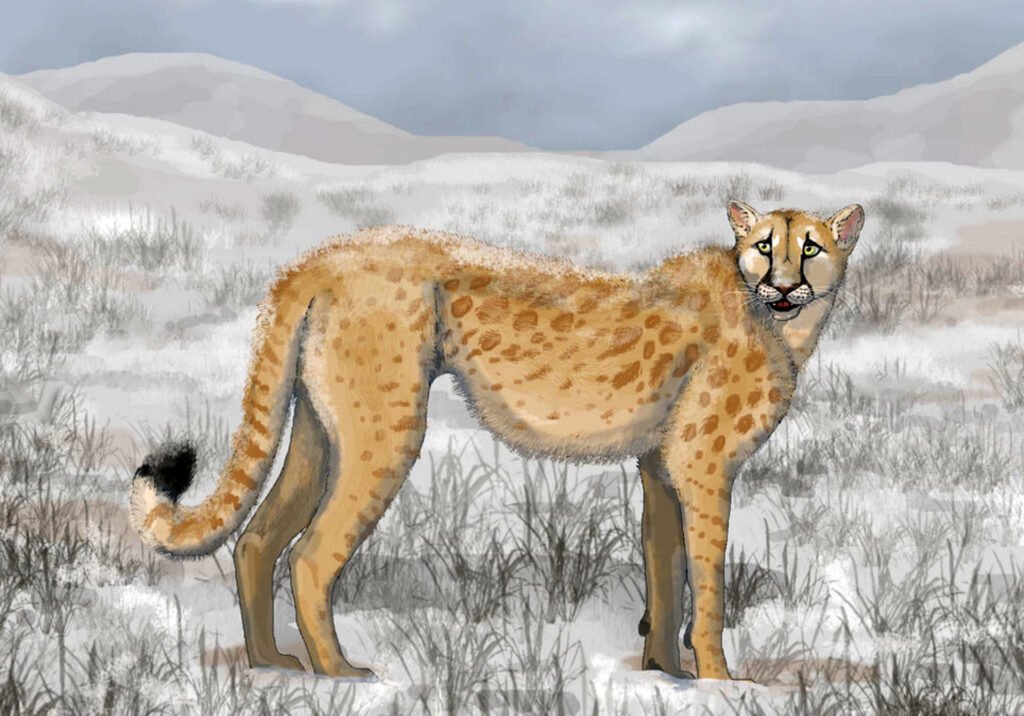
Distribution:
Fossil evidence indicates that the American Cheetah roamed a wide range of habitats across North America, from the Great Plains to the deserts of the southwestern United States. These regions provided the open spaces necessary for its high-speed pursuits and abundant prey species.
Habits and Lifestyle:
The American Cheetah was a solitary predator, relying on its speed and stealth to hunt. Its primary prey included pronghorns, which are among the fastest land animals in North America. The cheetah’s hunting strategy involved using its keen eyesight to spot prey from a distance, then sprinting in a burst of speed to catch its target. It likely had a social structure similar to other large cats, with individuals maintaining territories that they marked with scent.
Physical Characteristics:
The American Cheetah had several adaptations for high-speed hunting, including a lightweight skeleton, long limbs, and a deep chest for large lung capacity. Its spine was flexible, allowing for an extended stride during sprints. The cheetah’s claws were retractable, unlike the non-retractable claws of the modern cheetah, providing better grip during high-speed chases. Its robust build suggests it could take down larger prey, making it a versatile predator in its ecosystem.
Diet and Nutrition:
As a carnivore, the American Cheetah primarily fed on fast-moving herbivores such as pronghorns and possibly young or smaller bison. Its diet likely varied based on availability, but it specialized in hunting prey that required high-speed chases. The cheetah’s sharp teeth and strong jaws were well-suited for delivering quick, fatal bites to its prey.
Behavior:
American Cheetahs exhibited solitary behavior, with each individual maintaining a territory that it defended from others. They communicated through vocalizations, scent markings, and body language. During the breeding season, males and females would come together to mate, but otherwise, they lived and hunted alone. The cheetah’s reliance on speed and stealth made it a formidable predator in its environment.
Cause of Extinction:
The extinction of the American Cheetah around 10,000 years ago was likely due to a combination of factors, including climate change and human activity. The end of the last Ice Age brought significant environmental changes, leading to the disappearance of many large prey species. Additionally, early human populations hunted both the cheetah and its prey, further reducing its chances of survival. These pressures ultimately led to the extinction of this remarkable predator.
FAQs:
| Question | Answer |
|---|---|
| What led to the extinction of the American Cheetah? | Climate change, loss of prey, and human activity. |
| When did the American Cheetah go extinct? | Approximately 10,000 years ago. |
| What did the American Cheetah eat? | It primarily fed on fast-moving herbivores such as pronghorns. |
| Why is the American Cheetah significant? | The American Cheetah provides insights into the evolutionary history of felines and the ecosystems of the Pleistocene epoch. |
| Are there any efforts to study the American Cheetah? | Ongoing paleontological research continues to uncover new information about the life and extinction of the American Cheetah. |
Categories:
- Extinct Mammals
- Prehistoric Wildlife
- Paleontological Research
- Pleistocene Ecosystems
-
Sea Mink: The Lost Predator of the North Atlantic
Rediscovering the Sea Mink: An Extinct Coastal Hunter Introduction: The Sea Mink, scientifically known as Neogale macrodon, was a large,…
-
Moa: The Extinct Giants of New Zealand
Exploring the Moa: New Zealand’s Lost Giants Introduction: The Moa, belonging to the order Dinornithiformes, were a diverse group of…
-
Dodo: The Iconic Symbol of Extinction
Unraveling the Dodo: The Lost Bird of Mauritius Introduction: The Dodo, scientifically known as Raphus cucullatus, was a flightless bird…
- Australian mammals
- Australian Wildlife
- Butterfly
- Extinct Bats
- Extinct Birds
- Extinct Mammals
- Extinct Marine Life
- Freshwater Mammals
- Human Impact on Nature
- Ice Age Ecosystems
- Insect
- Marine Mammals
- Mediterranean Wildlife
- Mountain Ecosystems
- New Zealand Wildlife
- Small Mammals
- South American Wildlife
- tortoises
- Uncategorized
Views: 9
